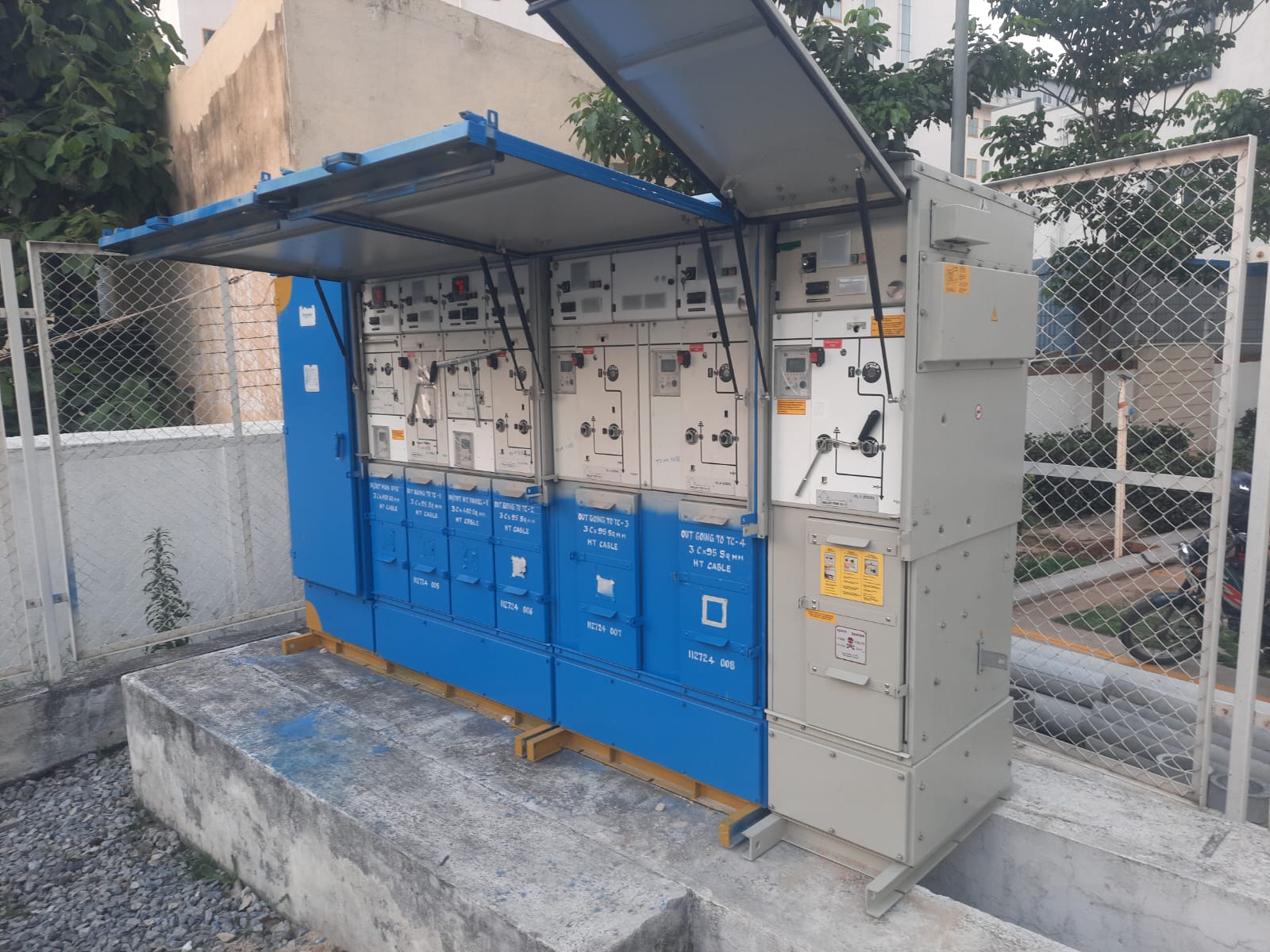Medium voltage refers to the range of electrical voltages typically used for distributing power in various industrial, commercial, and residential applications. It encompasses voltage levels ranging from 1,000 volts (1 kilovolt) to 69,000 volts, although specific voltage ranges may vary depending on regional standards and regulations.
Medium voltage systems serve as an intermediate step between high voltage transmission lines and low voltage distribution systems. They are designed to efficiently transport electrical energy over moderate distances while minimizing losses and maintaining safety.
Medium voltage power distribution networks are commonly found in industrial plants, large commercial buildings, substations, data centers, and residential areas. These networks involve the use of various equipment such as transformers, switchgear, circuit breakers, and protective devices to control and distribute power effectively.
One of the main advantages of medium voltage systems is their ability to transmit power over relatively long distances without significant losses. This is achieved through the use of higher voltages, which reduce the current required for a given power level. As a result, the resistive losses in the transmission lines are reduced, leading to improved efficiency.
Medium voltage systems also provide better voltage regulation compared to low voltage systems, ensuring that electrical devices receive a consistent and stable supply of power. This is particularly important for sensitive equipment and machinery that require precise voltage levels to operate efficiently and safely.
Safety is a crucial aspect of medium voltage systems. They are designed with appropriate insulation and protective measures to mitigate the risk of electrical shock and fire hazards. Additionally, safety protocols and maintenance practices are implemented to ensure the reliable and secure operation of these systems.
In summary, medium voltage systems play a vital role in power distribution by efficiently transmitting electricity over moderate distances. They provide improved efficiency, voltage regulation, and safety compared to low voltage systems, making them an essential component of modern electrical infrastructure.









